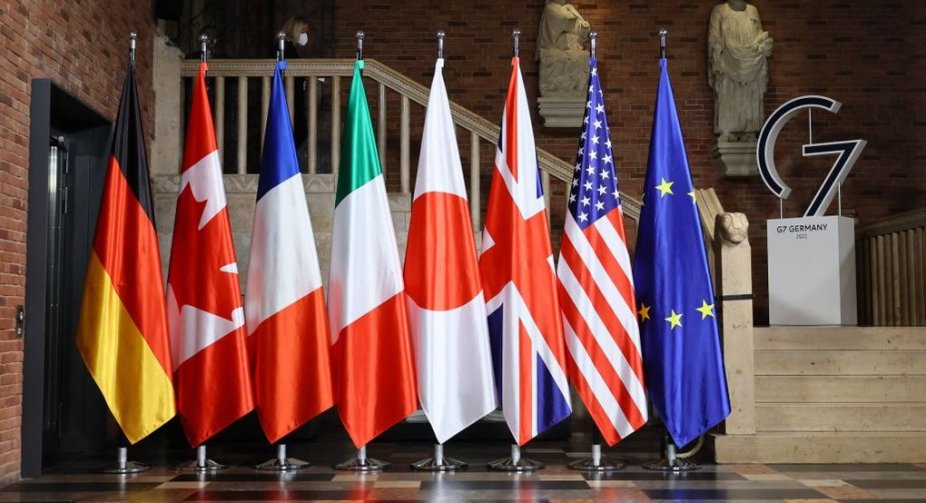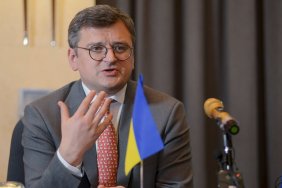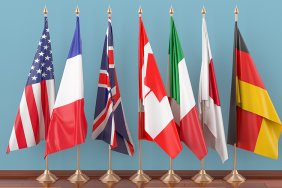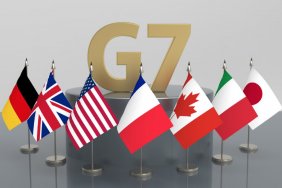The G7 is not considering the full confiscation of Russian assets, but is looking for alternative ways to use these funds in favor of Ukraine, the Financial Times reports.
G7 representatives said that the issue of confiscation of Russian assets is no longer a priority, and they are considering other ways to obtain funds from frozen assets.
One of the options proposed in February by Belgium is to use the reserves of the Russian central bank in the Euroclear depository as collateral to attract debt financing for Ukraine. However, this idea has its risks, so the EU countries are against it.
In April 2024, the United States developed another initiative to raise financing for Ukraine through a loan or bond secured by future profits from frozen assets. The American side believes that this will allow to raise up to $50 billion for Ukraine without bearing such risks as the Belgian idea.
However, the main problem of the European plan is the need for money for Ukraine in the near future, as well as the question of what to do with these funds in the event of an end to the war.
At the same time, one German official emphasized that if peace talks ever take place, there may be a situation where Russia needs its frozen assets back, and in exchange may agree to make territorial concessions.
G7 rethinks plans for Russian assets: what is proposed instead of full confiscation

Recommended News

The G7 is not considering the full confiscation of Russian assets, but is looking for alternative ways to use these funds in favor of Ukraine, the Financial Times reports.
G7 representatives said that the issue of confiscation of Russian assets is no longer a priority, and they are considering other ways to obtain funds from frozen assets.
One of the options proposed in February by Belgium is to use the reserves of the Russian central bank in the Euroclear depository as collateral to attract debt financing for Ukraine. However, this idea has its risks, so the EU countries are against it.
In April 2024, the United States developed another initiative to raise financing for Ukraine through a loan or bond secured by future profits from frozen assets. The American side believes that this will allow to raise up to $50 billion for Ukraine without bearing such risks as the Belgian idea.
However, the main problem of the European plan is the need for money for Ukraine in the near future, as well as the question of what to do with these funds in the event of an end to the war.
At the same time, one German official emphasized that if peace talks ever take place, there may be a situation where Russia needs its frozen assets back, and in exchange may agree to make territorial concessions.





